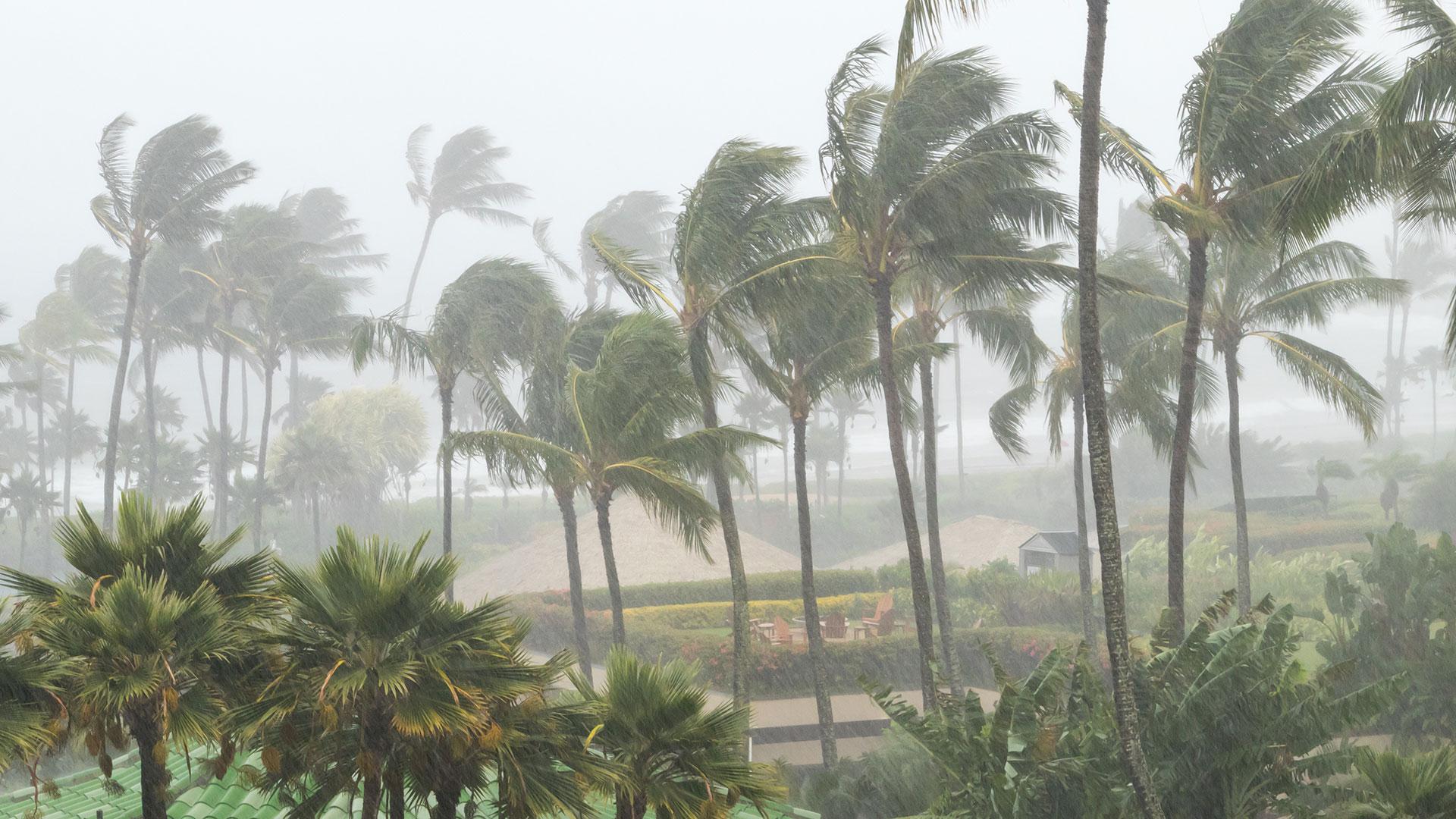30 January 2023
02 July 2018
How strong does the wind blow in a hurricane? This proves a question that is difficult to answer, but has far-reaching consequences for satellite meteorology, weather forecasting and advisories.
In the EUMETSAT CHEFS project, KNMI, ICM and IFREMER worked with international colleagues to address this question to prepare for the EPS-SG SCA scatterometer, which introduces C-band cross-polarization measurements to improve the detection of hurricane-force winds.
However, to calibrate satellite and model winds, in-situ wind speed references are needed. Unfortunately, these prove rather inconsistent. Should we trust dropsondes at high and extreme winds or perhaps put more confidence in moored buoys?
Objectives
- Verify the cross-polarisation (VH) Geophysical Model Function (GMF): Improve the understanding of the future C-band VH information contribution to high and extreme wind retrievals from C-band scatterometer missions.
- Spatial scaling of extremes in tropical hurricanes: Address the definition of spatial scaling issues and related consequences for satellite product sample resolutions and validation approaches.
- Understanding of extremes: Further understand the satellite remote sensing of high and extreme wind conditions over the ocean, and in particular, derive a consolidated in-situ wind speed reference.
Overview
ASCAT winds show sensitivity to high winds, but lack good GMF calibration due to the lack of a consolidated in-situ wind reference. Nevertheless, the saturation of the GMF at extreme winds is somehow compensated for by the high calibration stability of the ASCAT instrument. As a result, further backscatter calibration refinements will support the retrieval of good-quality ASCAT winds in extreme conditions. In addition, GMF development and wind retrieval studies will prove useful to improve high and extreme winds, in particular after a consolidated in-situ wind reference has been established.
The table below shows the wind vector component calibration, bias and random error of ASCAT, buoy and ECMWF winds.
| Buoy u | Buoy v | ASCAT u | ASCAT v | ECMWF u | ECMWF v | |
|---|---|---|---|---|---|---|
| Scaling factor | 1.00 | 1.00 | 1.01 | 1.00 | 1.06 | 1.03 |
| Bias correction | 0.00 | 0.00 | 0.13 | -0.19 | 0.43 | -0.04 |
| SD error (ASCAT scale) | 1.90 | 2.08 | 0.60 | 0.69 | 1.60 | 1.52 |
Significant progress has been achieved in CHEFS on the evaluation of moored buoys, dropsondes and aircraft and satellite hurricane measurements. In particular, an evaluation of the different spatio-temporal averaging procedures of both dropsonde and airplane passive microwave (SFMR) winds was performed to address the representativeness issues of both data sources and further improve the SFMR calibration, with the following results:
- It is suggested that additional analysis are performed using logarithmic wind profiles in order to further investigate the observed dropsonde 10-m winds, which are a more direct calibration resource for the 10-m. The topic also included an assessment of the position processing of the sonde near the surface, where its deceleration is maximum.
- The collocated Near-Real Time (NRT) and archive buoy wind reports showed great consistency, but also revealed many high wind reports that are not available in the archives, an issue that has been communicated to the Joint Technical Commission for Oceanography and Marine Meteorology (JCOMM).
- So-called stress-equivalent winds, U10S, need to be used for all satellite ocean surface wind comparisons, particularly at high and extreme winds, as these mainly occur at low pressures and hence low air mass density. Typical ocean surface roughness impacts of air mass density are 5% in tropical hurricanes.
- As more Sentinel-1 (S1) Synthetic Aperture Radar (SAR) campaign data are collected, improved VH GMFs are obtained in extreme winds. It was found that VH GMFs are closely related to L-band TB (from SMAP) and wind relationships, and due to its expected accuracy and stability, SCA VH measurements appear excellent to retrieve extreme winds at scatterometer resolution. Moreover, collocated SAR, scatterometer and radiometer data are useful to further investigate geophysical effects (e.g. rain, SST, SSS) in both VH and L-band winds by using, for example, S1 and SMAP.




